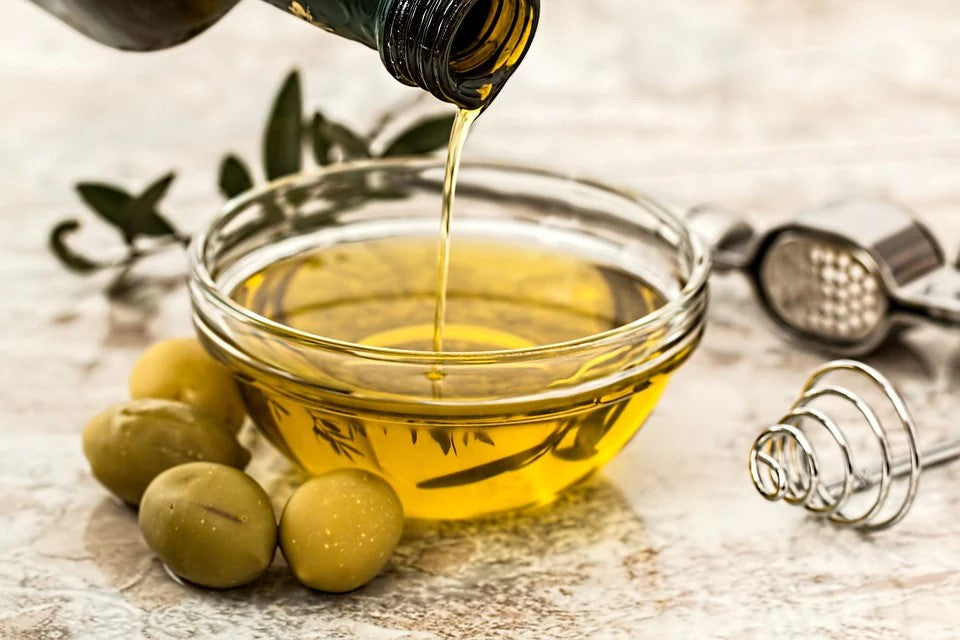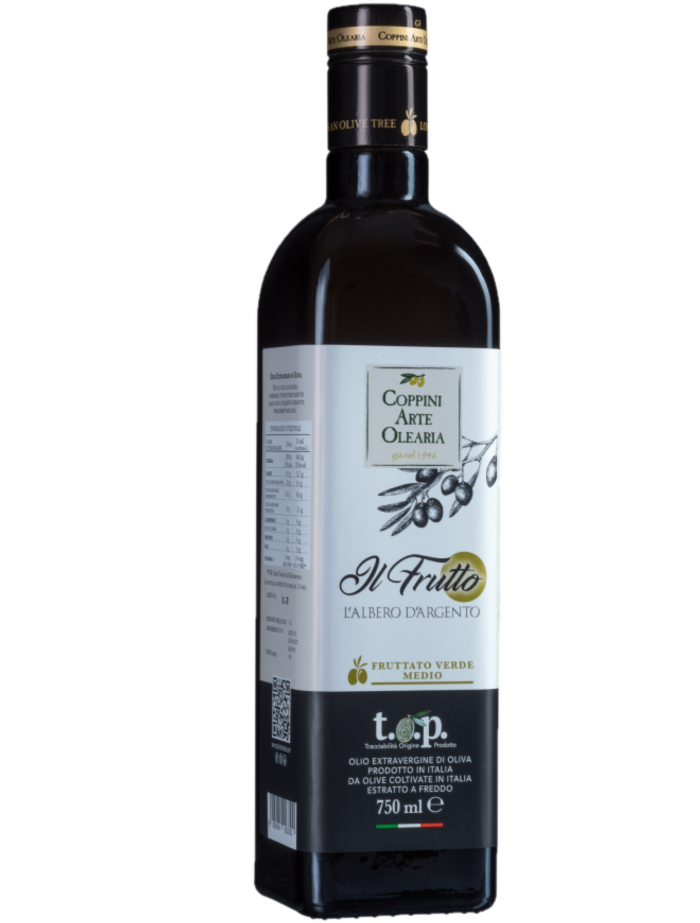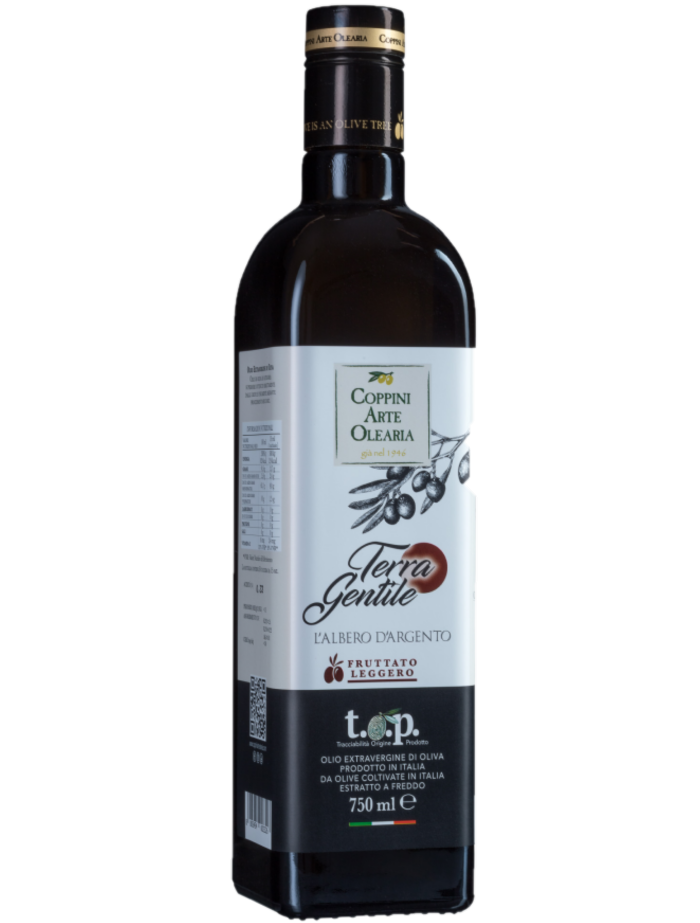

- it is obtained directly from olives and solely through mechanical processes - its chemical and physical analyses satisfy a long series of parameters required by community regulations, for example the acidity which must be less than 0.8%
- its organoleptic examination (carried out by a group of professional tasters gathered in a Panel Test) reveals that it has no defects and that it has the presence of fruitiness. The fruitiness of the oil is that set of olfactory and gustatory sensations that recalls the scent and taste of the olive!
- Extra virgin olive oil is often cold-extracted , that is, at a temperature below 27°. If an oil shows defects when tasted and its chemical parameters are not satisfactory, even if it is oil produced in a mill and obtained only through mechanical processes, it cannot be classified as extra virgin oil, but is classified as virgin or lampante .
VIRGIN AND EXTRA VIRGIN OLIVE OIL - DIFFERENCE
Virgin olive oil is produced like EVO oil through mechanical processes, but does not fully satisfy those analytical and organoleptic parameters that allow it to be classified as extra virgin olive oil. Virgin olive oil is defined as a product with barely perceptible defects, whose acidity expressed in oleic acid cannot exceed 2g per 100g.





